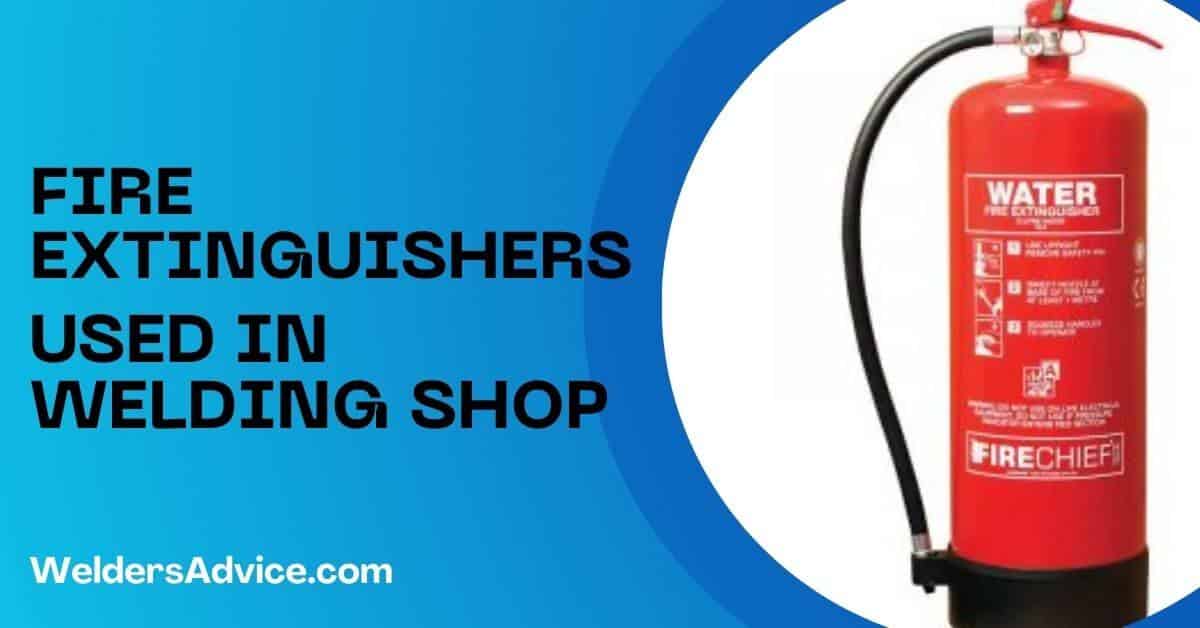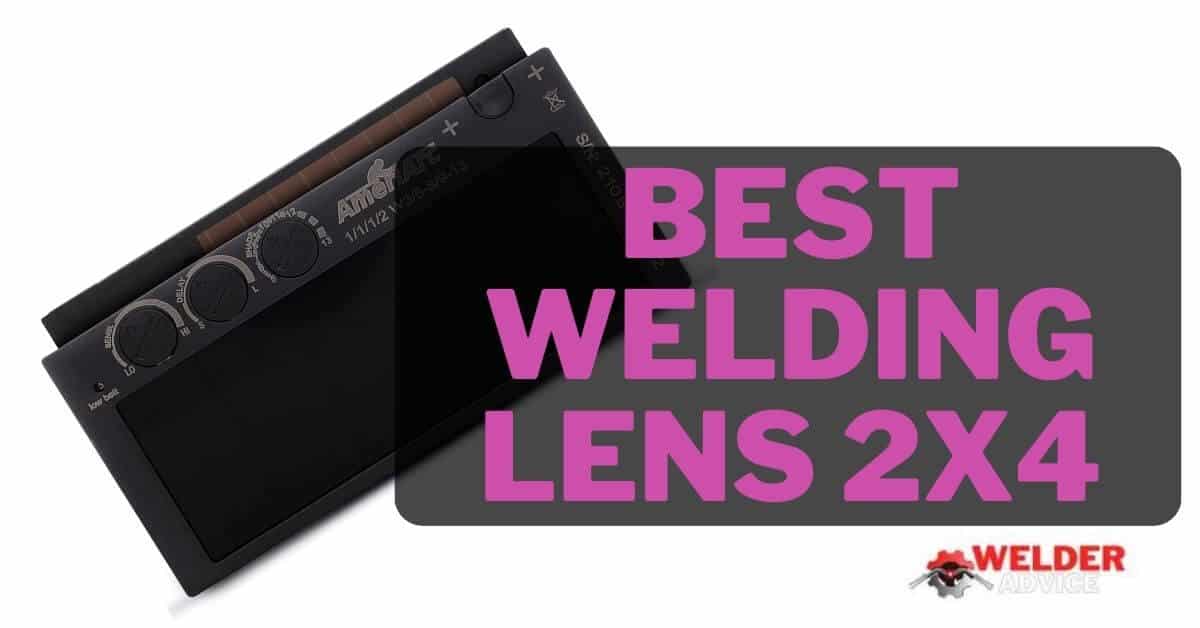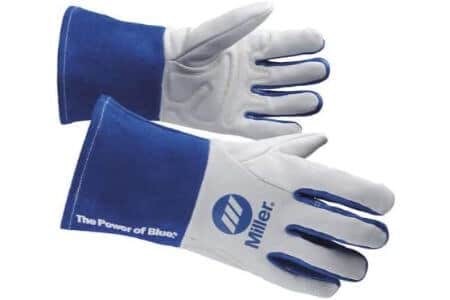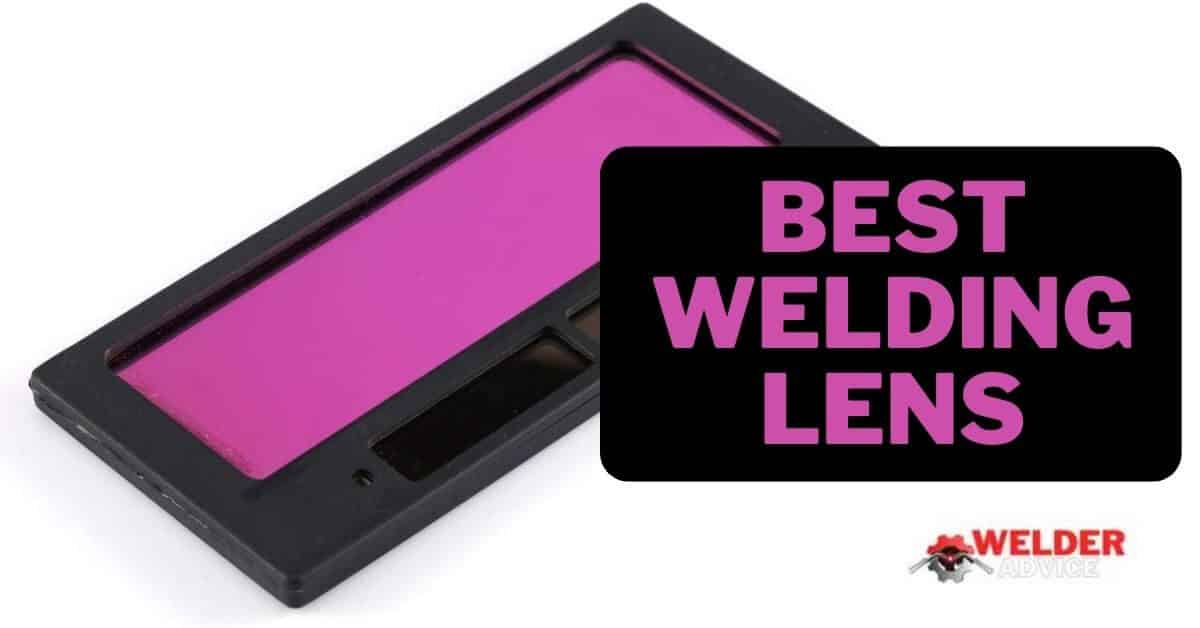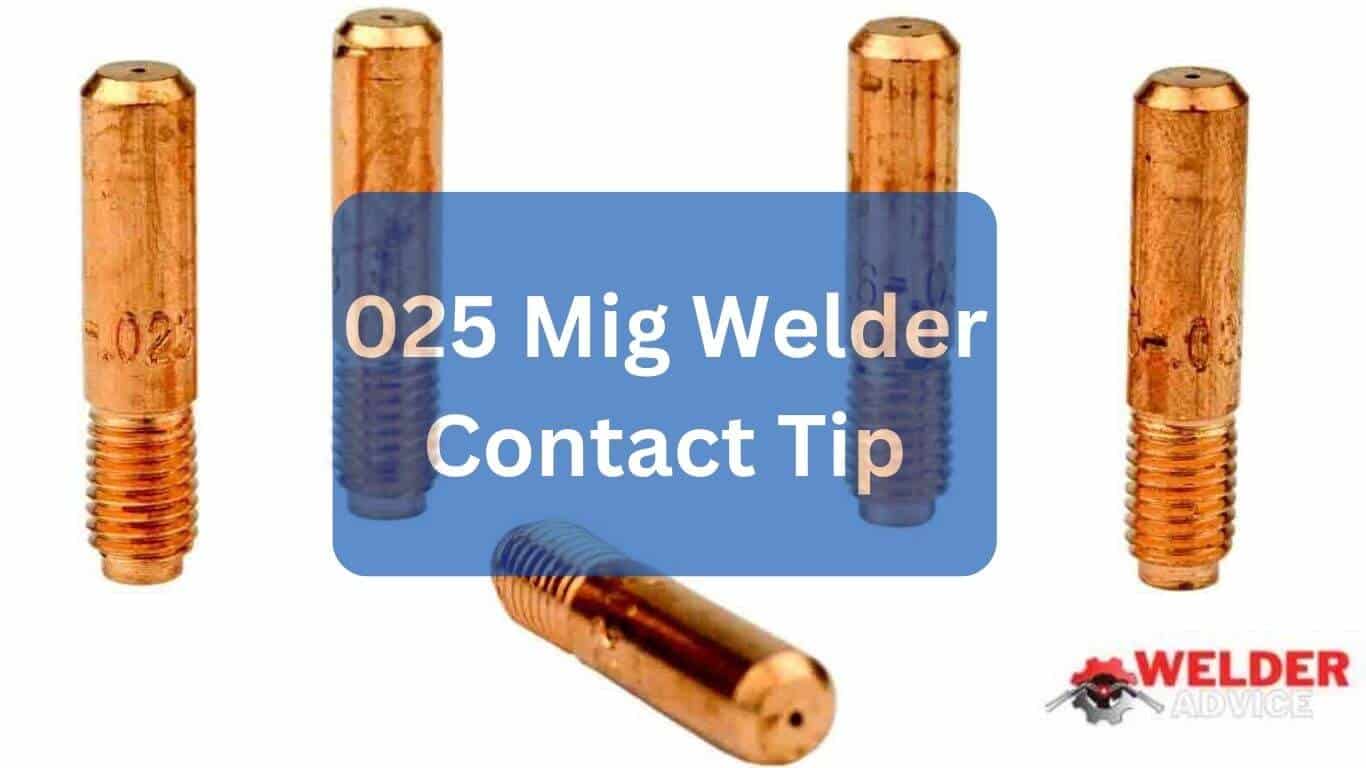There are various types of fire extinguishers used in a welding shop. The first one is a portable fire extinguisher that is designed for general industrial applications, office buildings, schools, and many other indoor areas. It offers limited protection against chemical and electrical fires.
In the welding shop, you should use the type of fire extinguisher that is specific to the welding environment. Not all portable fire extinguishers will be useful in a welding environment as it does not protect you from fire-related metal and electricity. So before buying a portable fire extinguisher for your welding shop it’s important to understand what type of welding processes are done in your shop.
What is Welding?
The heat melts the metal, and the pressure forces the molten metal to join the two pieces together.
Shielding gas is often used to protect the welder from harmful substances in the air like nitrogen dioxide.
One important thing that you need to know about welding and fires is that there’s no such thing as a cool fire. All fires are hot and dangerous. So it’s important to always have your personal protective equipment (PPE) on hand if you work with or near anything flammable.
Fire Extinguishers Used in Welding Shop
There are many types of fire extinguishers, each designed for a specific type of fire. Water-based fire extinguishers are most common in welding shops. This type of extinguisher works by cooling the burning material and stopping the chemical reaction that is causing the fire.
Other types of fire extinguishers, such as dry chemical or foam extinguishers, can also be used in a welding shop. Dry chemical extinguishers work by smothering the flames with a powder substance while foam extinguishers work similarly to water-based extinguishers. But they provide more insulation against heat.
Chemical agents, like Halon and CO2 gas fire suppressants, can also be used to put out fires. But these types of agents may not always be available at all welding shops.
Also Read: Welding Helmet for Best Protection
Types of Fire Extinguishers Used in Welding Shops
Welding shops typically use Class A, B, and C fire extinguishers.
- Class A are for common combustibles.
- B class is designed to extinguish flammable liquids
- Electrical fires use C-class extinguishers.
The material that a welder works with is the key to knowing which type of fire extinguisher to use. For example, if someone were using an arc welder they would need a Class C extinguisher. Because electricity can cause an electric arc flash which would be classified as an electrical fire.
The best way to determine what types of materials one might come into contact with while working in a welding shop is by looking at the hazard posters on the wall inside the building. These posters will have pictures of different substances with their corresponding hazard levels from 1-4 (1 being the least hazardous). Reading these charts will give people an idea of what types of hazards are present in their work environment.
Muriatic acid is more hazardous than acetone. Because it has a rating of 3 on the chart, meaning it should be handled with extreme caution.
If you think about whether something is safe or not. Always check with caution! Always make sure to follow all applicable regulations when working in any environment. In order to reduce accidents.
Check out Welding Caps Here
Home Type Fire Extinguishers Used in Welding Shop
There are different types of home fire extinguishers that can be used in a welding shop. The ABC dry chemical fire extinguisher is one of the most common types. Fires are extinguished with this type of extinguisher by using a chemical agent. Class B, C, and A fires can also be extinguished with them. Other classes of fire that this type of extinguisher can be used for include electrical equipment (Class D), oil or fat (Class K), metals (Class F), and natural gas or propane (Class L).
Final Thoughts
There are different types of fire extinguishers that can be used in welding shops. Class A fire extinguishers are common. This type of extinguisher is filled with water and is specifically designed to put out fires that involve combustible materials such as wood and paper. It is usually not possible to use a Class A fire extinguisher to fight other types of fires. So it’s wise to have a few different types on hand in case of an emergency.

